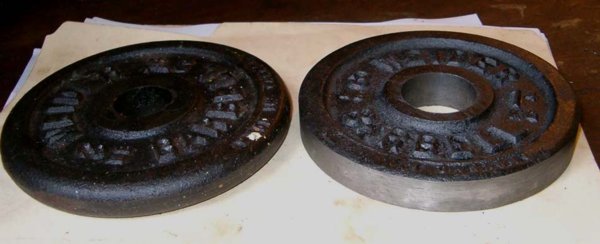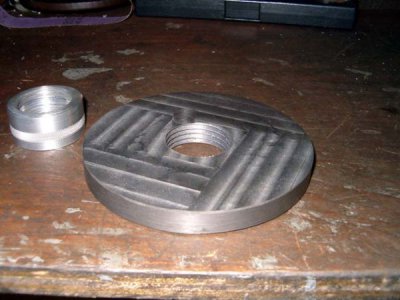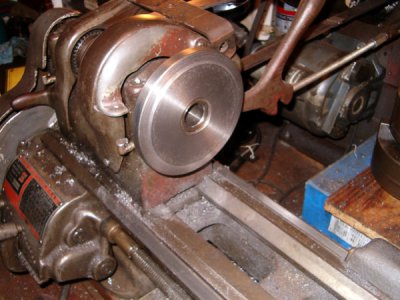The old lathe I purchased came with several chucks but did not come with a faceplate.
I would just purchase a faceplate, but the lathe is a 15" 1946 leblond and has a 2 1/4" 5tpi threaded spindle. and 5TPI faceplates are not exactly common.
I was considering making a faceplate, but I don't know what material would be best. I assume cast iron is the ideal material, but its not exactly easy to find. Would making something out of aluminum be acceptable? or would there be some unknown issue out of that?
It seems that faceplates are usually mounted directly to the spindle, but, would mounting a faceplate to a threaded backplate (I have 2) be an option or would there be some problem with that?
Any suggestions on size?
I would just purchase a faceplate, but the lathe is a 15" 1946 leblond and has a 2 1/4" 5tpi threaded spindle. and 5TPI faceplates are not exactly common.
I was considering making a faceplate, but I don't know what material would be best. I assume cast iron is the ideal material, but its not exactly easy to find. Would making something out of aluminum be acceptable? or would there be some unknown issue out of that?
It seems that faceplates are usually mounted directly to the spindle, but, would mounting a faceplate to a threaded backplate (I have 2) be an option or would there be some problem with that?
Any suggestions on size?




